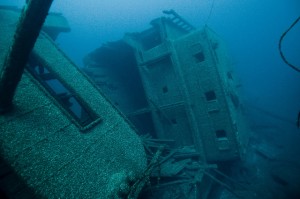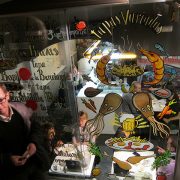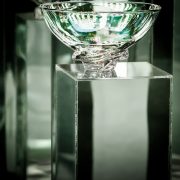Glass bottomed boat tours shipwrecks
Glass bottomed boat eliminates distortion
There are thousands of shipwrecks in the Great Lakes, and the Thunder Bay National Marine Sanctuary hosts about 200 of them. More than half of the wrecks in the TBNMS are historically significant. The sanctuary received its designation in 2000, and has since been expanded to cover 4,300 square miles of Lake Huron. The TBNMS is one of 13 areas designated as underwater preserves in the State of Michigan. On shore, visitors can learn about the lakes and shipwrecks in the preserve at the Great Lakes Maritime Heritage Center.
Water in the area is very clear and in many spots in the sanctuary the water is shallow, so the glass bottomed boat allows visitors to see the wrecks clearly. Glass bottomed boats give visitors a better, more clear view of the shipwrecks because they eliminate the distortion that occurs when looking directly into the water from the surface.
Shipping was and is a major mode of transportation for both raw materials and finished goods in the Great Lakes region, so the majority of shipwrecks involve commercial liners and transports. Although many of the wrecks in the sanctuary are documented, the area still holds a number of undiscovered wrecks. These ships were known to have been lost in the vicinity, but have not yet been rediscovered.
Many of the wrecks in the sanctuary date to the 18th and 19th centuries, although there are some 20th century wrecks. One of the most recent wrecks, the Nordmeer, was lost in shallow water in 1966 after the pilot made a navigational error. Although the owners intended to refloat the boat, a storm destroyed the hull, so the boat was abandoned as-is in the sanctuary.
A glass bottomed boat tour may not be in your future, but you can still take advantage of glass as a decorating surface in a residential or commercial space. If you’re looking for some glass inspiration, please visit the rest of our site. If you’d like to purchase Glassprimer™ glass paint, please visit our online store .
Photo Credit: NOAA Great Lakes Environmental Research Laboratory , via Flickr.com



